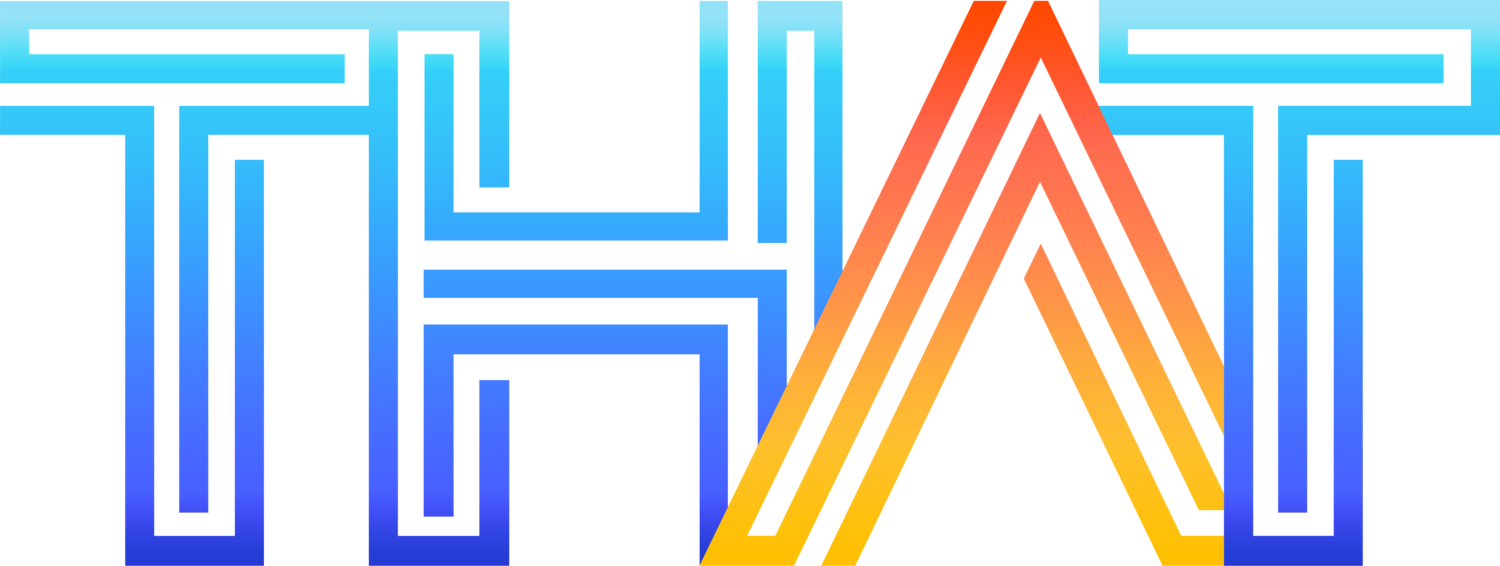Lighting Basics for Beginners: Making the Most of Studio Rentals
Why Lighting Matters in Studio Photography
Whether you’re shooting portraits, products, or social content, lighting defines the mood, sharpness, and quality of your photos. In a studio, you’re not relying on daylight or street lamps — you get full control. The good news? You don’t need to be an expert to start using lighting well. Most setups are surprisingly simple once you know the basics for renting a fully-equipped Toronto photo studio with professional lighting for portraits.
Types of Studio Lighting You’ll Use
Continuous Lighting
These stay on like regular lights, so you can see how shadows and highlights fall before you take the shot. Great for video, beginners, and experimenting with light direction.
Examples:
LED panels
Softboxes with continuous bulbs
Ring lights
Strobe Lighting
Powerful flashes triggered by your camera. They freeze motion and create crisp, clean shots. They’re brighter than continuous lights and ideal for portraits or product photography.
Examples:
Monolights
Speedlights
Pack and head systems
Most lighting for studio photography setups use either one or a mix of both.
Essential Lighting Gear You’ll See in a Rental Studio
When you book a space like That Toronto Studio, you’ll typically find:
Softboxes — diffuse light for soft, flattering results
Umbrellas — bounce or diffuse light depending on type
V-Flats — large foamcore panels to reflect or block light
Reflectors — bounce light back onto your subject to fill shadows
Light stands — adjustable support for positioning your lights
If you’re new to it, ask what’s included before you book. Many beginner studio lighting Toronto packages come with the essentials.
Basic Lighting Setups to Try
One-Light Setup
Great for clean headshots or simple product shots. Place a softbox or umbrella at a 45° angle from your subject for soft, directional light.
Two-Light Setup
Add a second light behind or opposite your subject to reduce shadows or highlight hair and edges. Easy to achieve with an LED panel or strobe and a reflector.
Natural Light + Fill Light
If you’ve booked a daylight studio, position your subject near the window and use a reflector or continuous light to fill shadows on the opposite side.
Key Terms You’ll Hear
Key Light: Your main source of light
Fill Light: Lightens the shadows created by the key light
Back Light: Separates subject from background
Modifiers: Tools like softboxes, umbrellas, or gels that shape and control the light
Understanding these basics makes it way easier to work confidently in a studio setting.
Pro Tips for First-Time Studio Lighting
Arrive early to test lights and angles
Start with one light before adding complexity
Use V-Flats or reflectors to soften harsh shadows
Keep modifiers close to your subject for softer light
Take test shots and adjust one thing at a time
Why Rent a Studio for Lighting Practice?
Practicing at home has limitations — tight spaces, no proper light stands, and unreliable daylight. Booking a space with included lighting gear gives you room to experiment and see how different setups look on camera.
Many beginner studio lighting Toronto rentals are designed for newcomers, with easy-to-use gear and staff who can help you get started.
Final Thought
Mastering studio lighting doesn’t have to be complicated. Start with one or two lights, experiment with direction and modifiers, and get comfortable adjusting as you go. If you’re curious where to start, That Toronto Studio offers a solid selection of beginner-friendly gear included with every booking — perfect for getting hands-on with lighting for studio photography without investing in your own setup yet.
